Shilbottle Lime Kiln
Lime Kiln In Alnwick, Northumberland
A late 18th or early 19th Century Lime Kiln just outside Shilbottle.
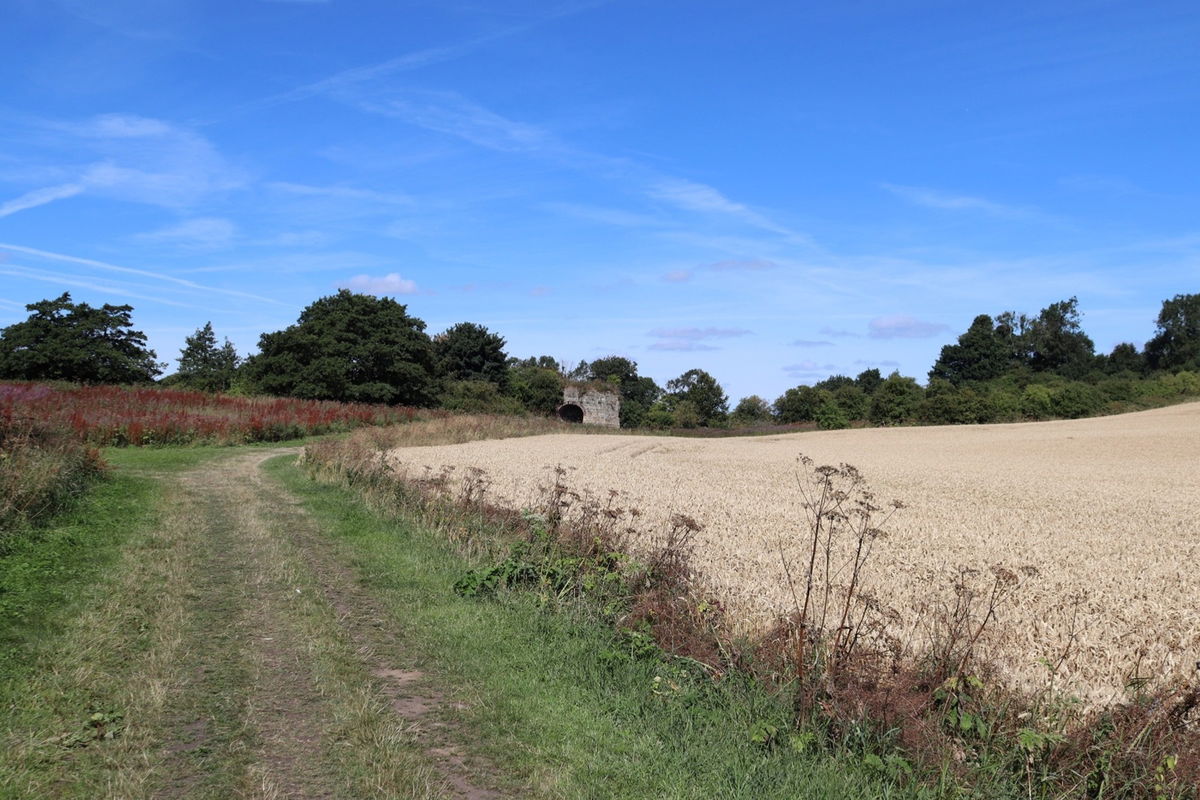
During the later 18th and early 19th century there was an uptick in demand for quicklime in order to improve Britain's agricultural output. This proved to be good news for those areas where limestone could be quarried, as it allowed a local industry to pop up and develop. Field Kilns began to be constructed in those areas to produce the quicklime and transport it via horse and cart to the local area. Northumberland's proximity to the coast saw it develop coastal trade, in addition to inland trade, with ships transporting the quicklime from harbours where larger banks of kilns had been constructed. As with many things, the arrival of the railway saw many of the smaller kilns close down as larger commercial units, which could supply whole regions, became more economically viable.


There is little information on the history of Shilbottle Lime Kiln to be found but according to Historic England it is considered to be of late 18th or early 19th century construction and is heptagonal in shape (seven sided). It is constructed of roughly squared stone with cut dressings and has brick arches, eyes and lining to the circular pot on the top. The pot is where the limestone was placed before heating to above 840 degrees Celsius and it is partly infilled.


There are three round arches on the sides which are corbelled down to small arched eyes that lead to where the fire was set beneath the pot. To the rear of the kiln is what is known as a charging ramp though it is mostly obscured by the surrounding vegetation. In this case it is curved and would have allowed the carts filled with limestone to access to higher level where the pot is found.


The limestone quarry that supplied Shilbottle Lime Kiln sat to the direct north and south of it and the area of scrub and woodland that surrounds the kiln today follows the approximate outline of the areas quarried.
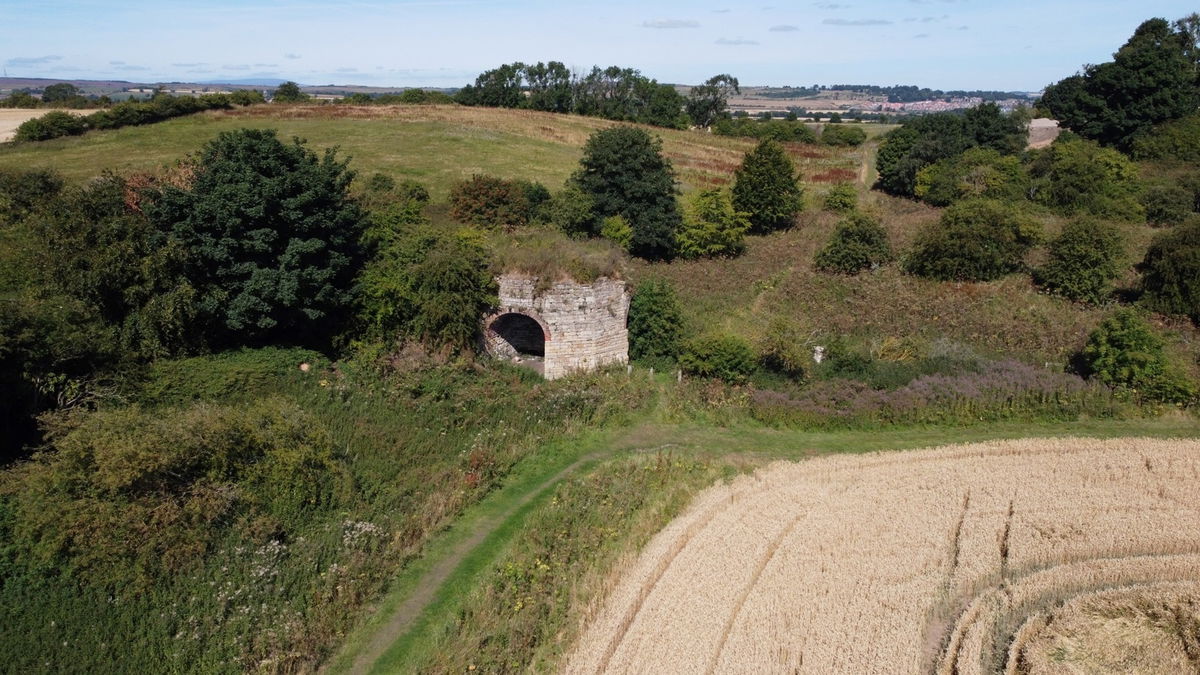
Shilbottle Lime Kiln, while one of many lime kilns found in Northumberland and the wider country, is a Grade II Listed structure, designated by Historic England.
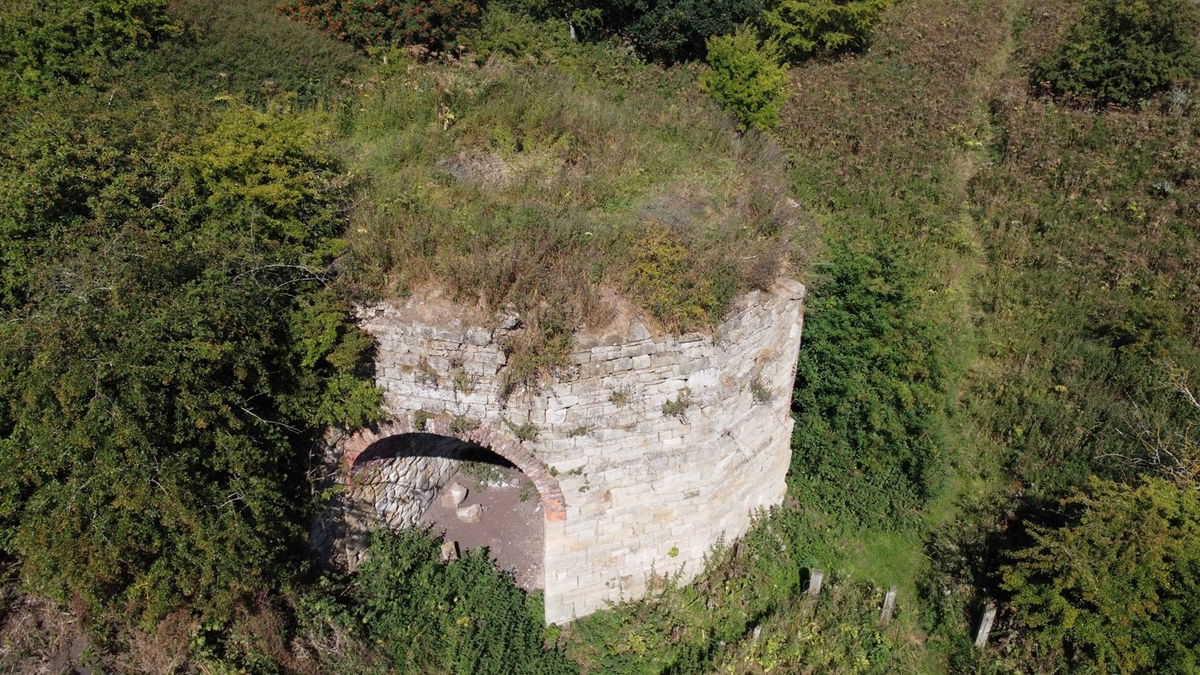
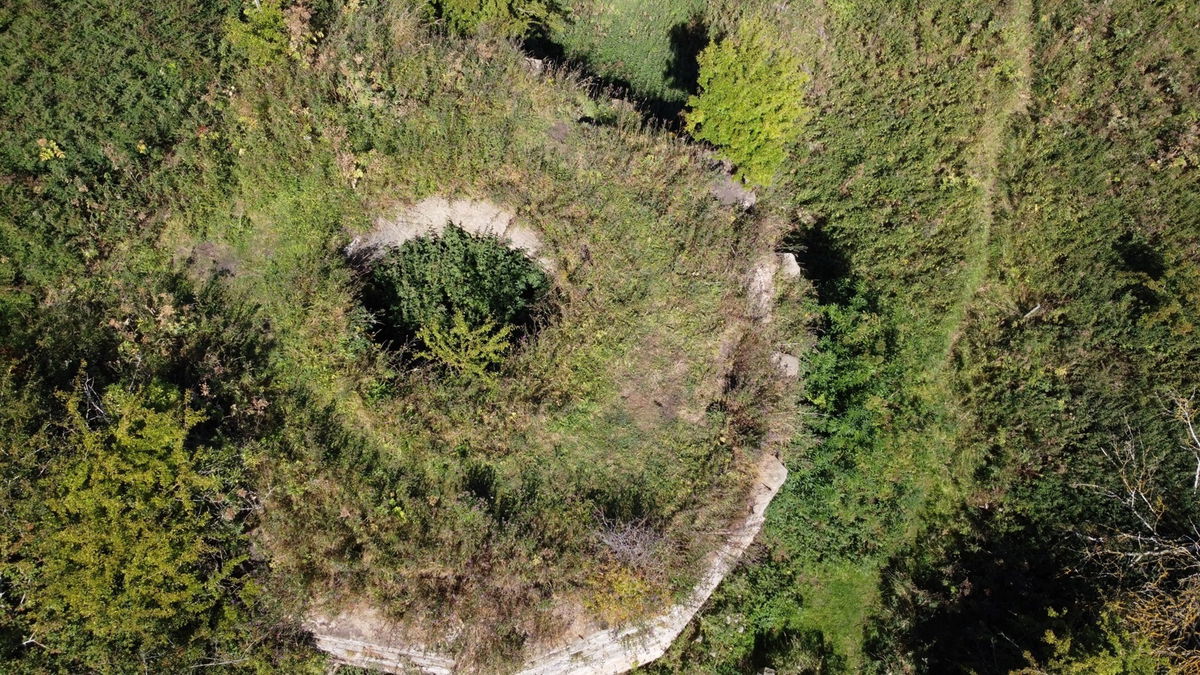
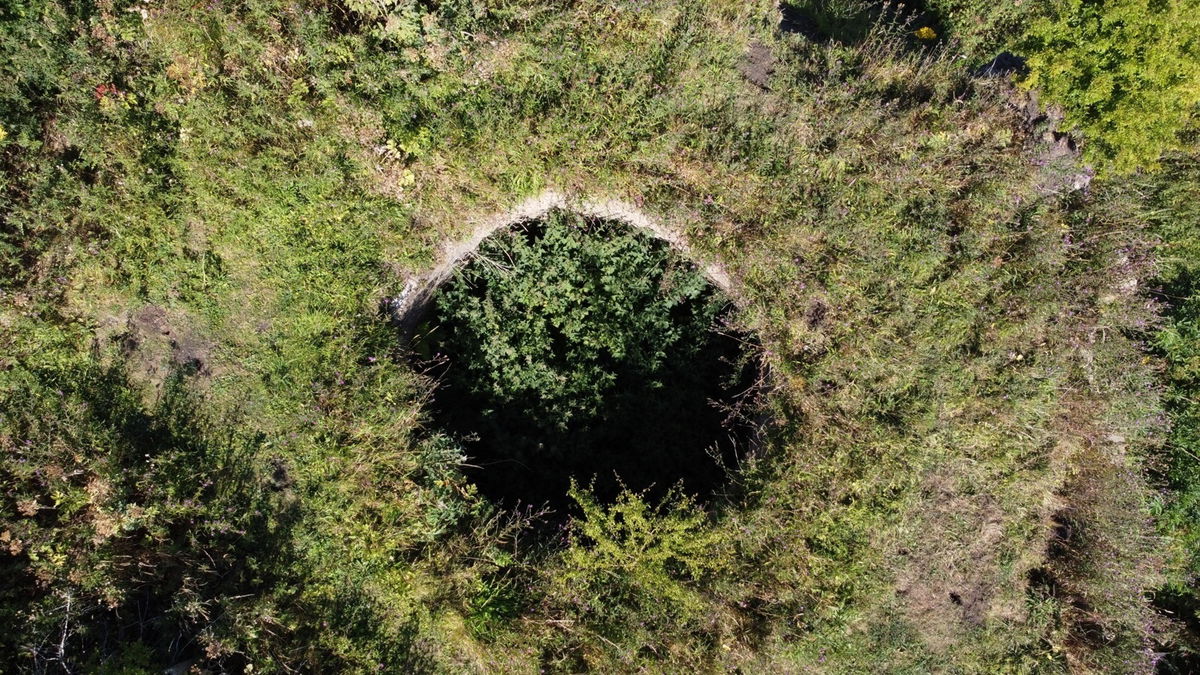
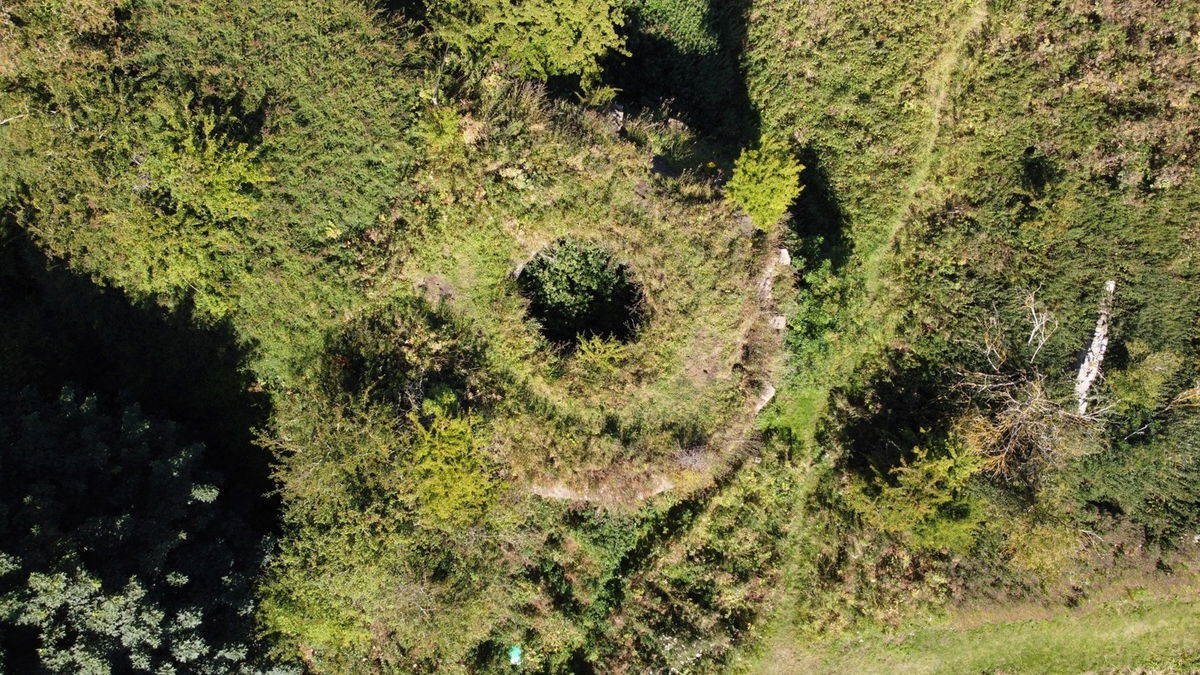

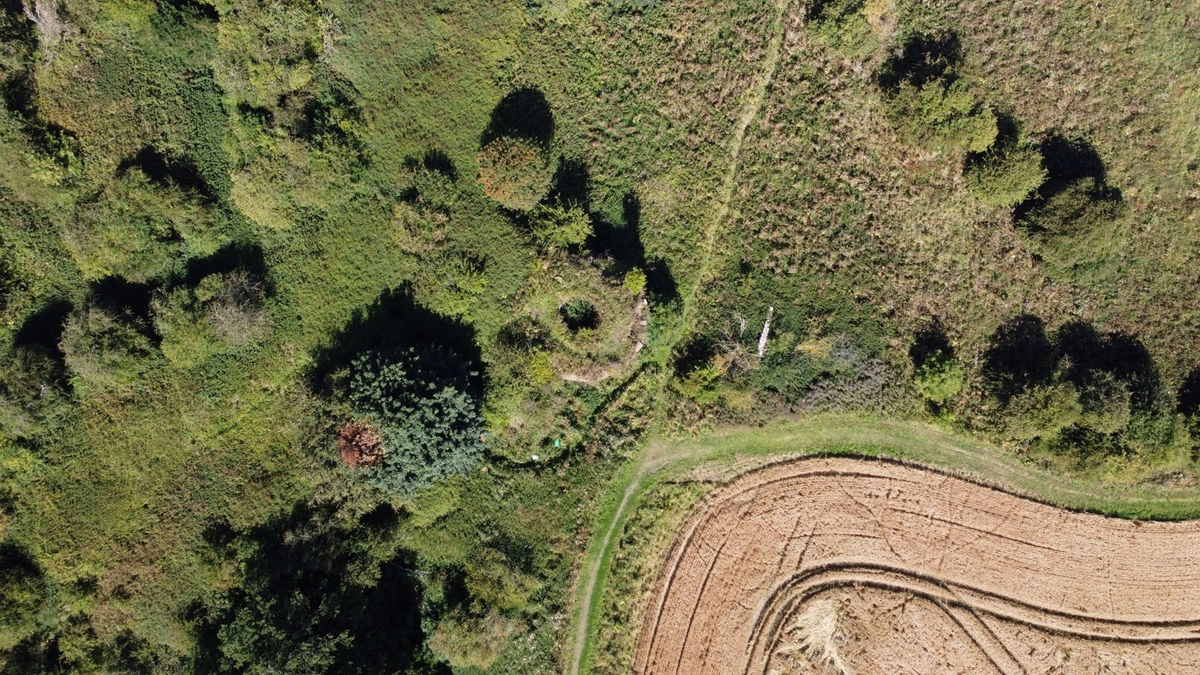
Get 3 points if you have visited this place. Already visited by 23 VIPs.
Login to the VIP area to add places to your bucket list, mark them as visited and more importantly see where you rank on the league table.
How To Find Shilbottle Lime Kiln
Where Is Shilbottle Lime Kiln?
Lat / Long
55.374987, -1.684629
What three words
Where To Park For Shilbottle Lime Kiln?
Lat / Long
55.371725, 55.371725
What three words
Park just off the road next to the track that runs into the fields.
Contributed by Andrew Gardner
I love being outdoors, in nature, and experiencing the relaxation it brings. Wandering through the northern countryside seeing unexpected buildings, historic places and occasionally surprised wildlife is one of life's great pleasures.
More Places from Andrew
More Places In Alnwick
Find more fabulous places in Alnwick, Northumberland and if you know of a place we haven't listed, then let us know.
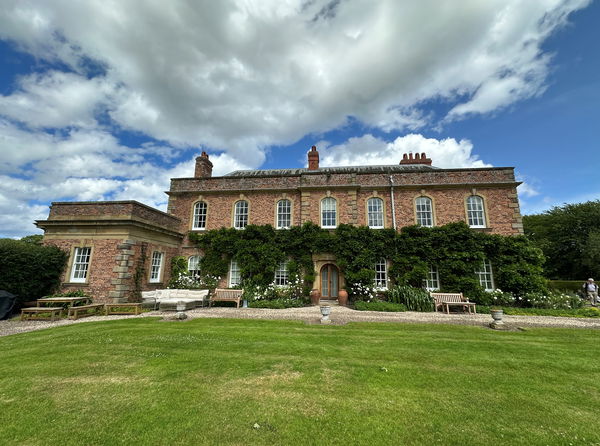
Fallodon Hall
Estate Alnwick NorthumberlandA country house near Christon Bank and home to a past Prime Minister, and the longest serving Foreign Secretary.
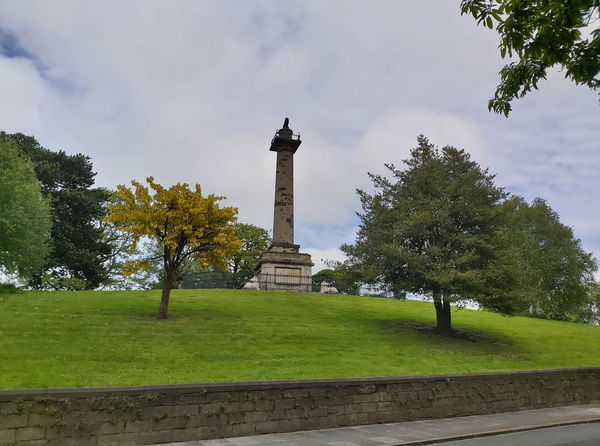
Percy Tenantry Column
Statue Alnwick NorthumberlandA Doric style column with a Percy Lion on the top dedicated to the 2nd Earl of Northumberland.
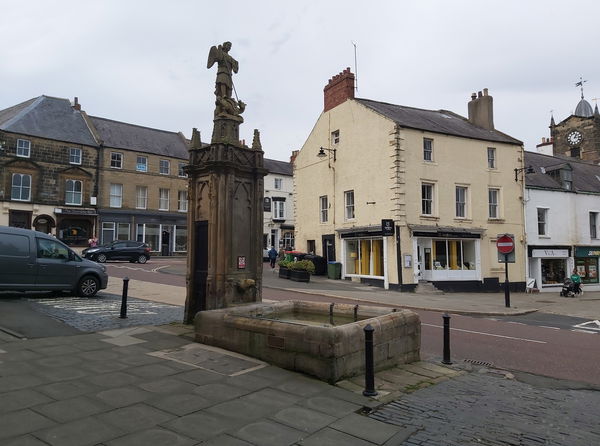
Alnwick Pants
Fountain Alnwick NorthumberlandFountains and water troughs throughout Alnwick that were once used to provide clean water.
More Lime Kilns
So this lime kiln wasn't enough and you want more? Don't worry we have you covered.
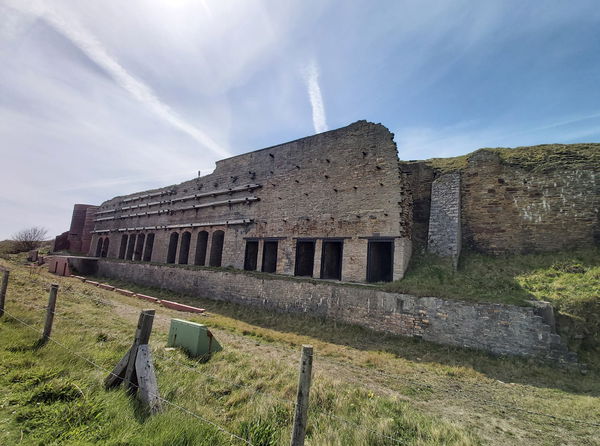
Marsden Lime Kilns
Lime Kiln South Shields Tyne And WearLime kilns on the coast near South Shields, built in the 1870s.
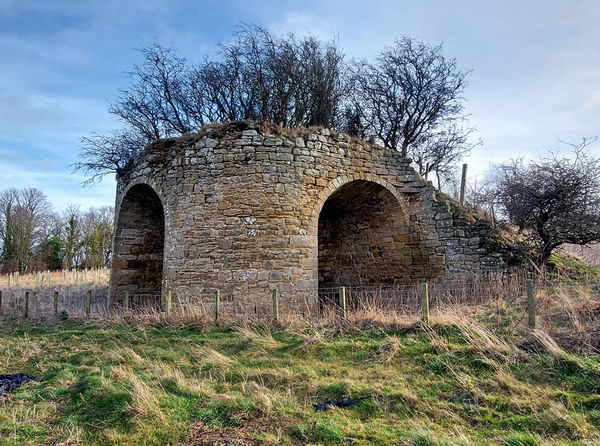
Alnwick Moor Quarry Lime Kiln
Lime Kiln Alnwick NorthumberlandA lime kiln situated on Alnwick Moor, one of 400 that would have been used in Northumberland.
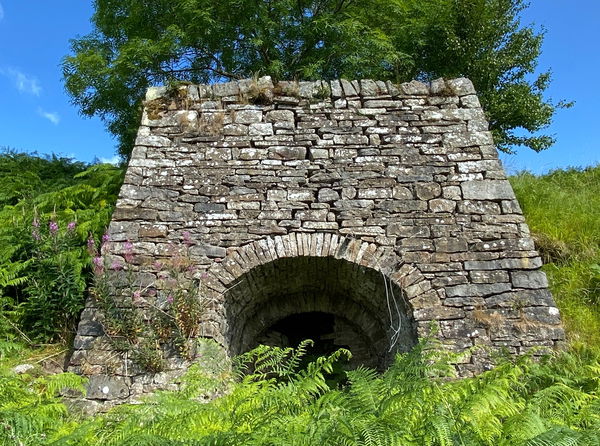
Slaggyford Lime Kiln
Lime Kiln Allendale NorthumberlandA cool little lime kiln up the side of a hill in Slaggyford.
Never Miss A Fabulous Place
If you are afraid of missing out on all the fabulous places we post, or just want to be the first to know, then sign up to the Fabulous North.
Each week we will email you all the brand new places that we visit.
Sign Up To AlertsFind Us On Facebook
We post all our new places daily on our Facebook Groups page, so join the group today and be notified when we add a new place.
Join Our Facebook GroupShilbottle Lime Kiln was listed in Lime Kiln // Northumberland // Alnwick

